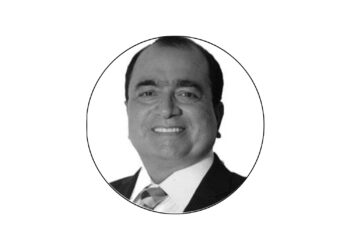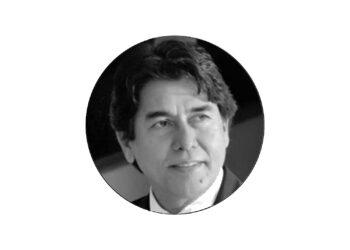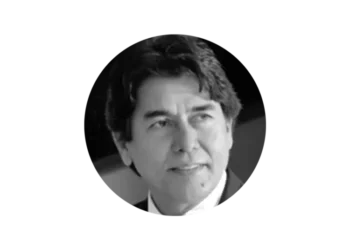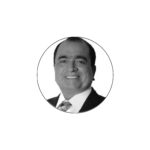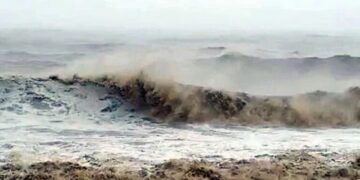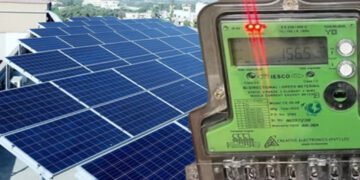![]() Follow Us on Google News
Follow Us on Google News
Inflation isn’t just a number. Since it affects the way people live, it has an emotional value, too. For people living below the poverty line, inflation is a curse. Inability to cope with an increased cost of living sometimes separates once-happy families.
In Pakistan’s context, high inflation also occurs due to other factors like repeated market failures, imperfect markets, poor quality of governance, half-hearted implementation of competition laws, the existence of a large informal economy and the lack of political will to ensure enforcement of officially fixed prices of essential goods and services. As a result, general inflation remains higher than the levels required for economic growth.
During 1958 to 1970, the people of Pakistan were financially stable and inflation was nowhere to be found. During this period, most of the development work took place in the country. In the same period, Pakistan built the largest number of dams for water storage, due to which Pakistan is still blessed with electricity. That was a time when the rulers were positive about the future of Pakistan.
Politics then began in 1970 and the highest inflation in Pakistan’s history was recorded in 1973 under Zulfiqar Ali Bhutto’s tenure. Inflation reached 37.81%. The then political rulers said that inflation was rising due to the dire situation around the word, while expressing hope that this trouble (inflation) will soon end.
However, the people supported Bhutto in the hope that inflation would come under control, but nothing happened. The controversial and poorly studied financial policies and political resentment led the dismissal of Zulfikar Ali Bhutto in 1977. After that, the tenure of General Zia-ul-Haq started and lasted till 1988.
From 1977 to 1981, General Zia-ul-Haq successfully controlled the inflation and brought it down to 3.99%. Later in 1982, inflation was recorded -5.98. Pakistan’s GDP growth was around 6 plus most of the time. Balance of trade was commendable. Foreign investment was flowing and the prices were well under control.
General Zia-ul-Haq’s regime ended after his death in 1988, after which inflation peaked at 4.86 percent. From 1990 to 1993, Nawaz Sharif came to power and the inflation rate started at 9.5 percent and in 1991 it went up to 12.63 percent. Nawaz Sharif worked hard to reduce inflation and brought it down to 9.83 in 1993. As soon as Nawaz Sharif came to power, Benazir Bhutto took over the government and the inflation rate increased to 13.2 percent in 1995.
Benazir Bhutto tried to overcome the increasing inflation and brought down the inflation rate to 10.78% in 1996. Then came the Nawaz Sharif era in 1997 and inflation went up from 10.78 percent to 11.81 percent. In view of the anxiety and pressure of the people, Nawaz Sharif brought down the inflation rate to 5.74% in 1999.
After that, General Pervez Musharraf overthrew Nawaz Sharif’s government and carried out a non-political rule and the inflation rate further reduced to 3.59% in 2000. Politicians then put pressure on his government, which pushed inflation to 4.41 percent in 2001.
Then, when the PML-Q government came to power, they raised the inflation rate from 3.1% to 9.28% in 2005. Public pressure mounted and the PML-Q changed its economic policies and the inflation decreased to 7.7% in 2006 and 2007.
In 2008, the PPP came to power again and the inflation rate reached 12%. The PPP attributed the rise in inflation to the international crisis, but it did not manage to control inflation until 2012. However, due to political pressure the PPP took steps and the inflation rate decreased to 7.6 percent.
Later in 2014, when Nawaz Sharif came into power the inflation rate increased to 8.62%. Seeing the anger of the people, Nawaz Sharif said that it is a temporary inflation. And the government was working to reduce it and he succeeded in reducing it. In 2016 the inflation level reached 2.8%.
In 2017, Imran Khan started putting pressure and became public representatives by alleging corruption in the election campaign against Nawaz Sharif. In this regard, the people voted for Imran Khan, however, in 2018, the inflation rate reached 3.93 percent.
Imran Khan failed to stop this increasing inflation and it went up to 6.74% in 2019 and 10.74% in 2020. The incumbent premier continuously blamed previous government’s policies for this increase.
Given Pakistan’s economic history, it seems that the political rulers have never been able to reduce inflation and all the development work in the country that has been done in the military era. People who criticize the military rule can witness the history that every time the Army was able to reduce inflation the country.
If the political rulers get the right cabinet to work for Pakistan, then this leadership can do a better job than the military leaders. Pakistan has witnessed some great political leaders however they were accompanied by unprofessional, who have their own vested interests. That’s the reason no leader has succeeded till date.









